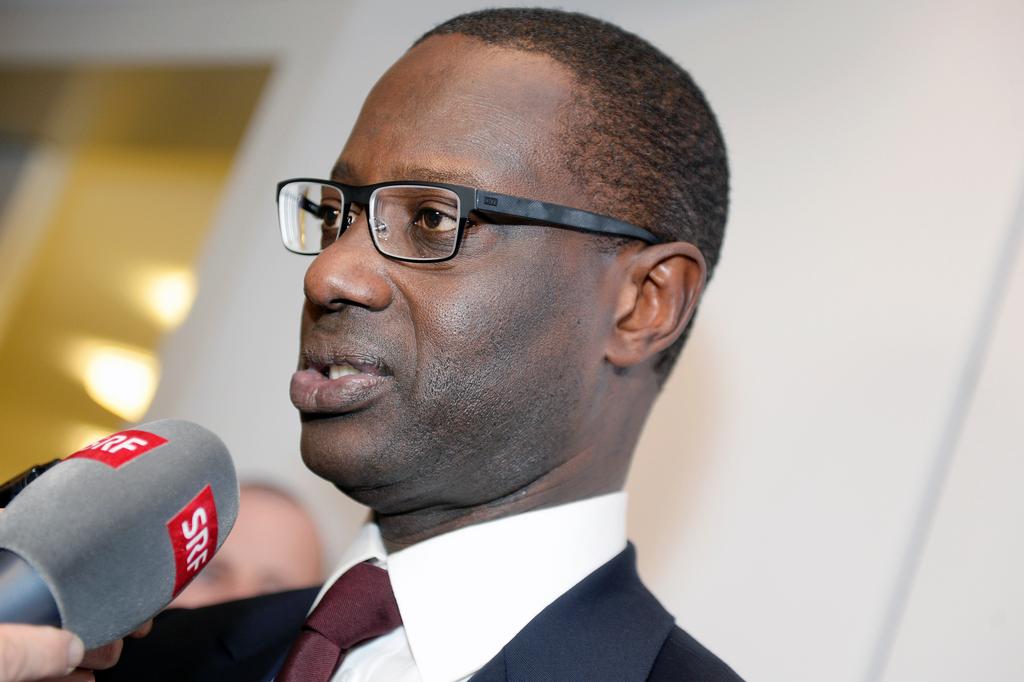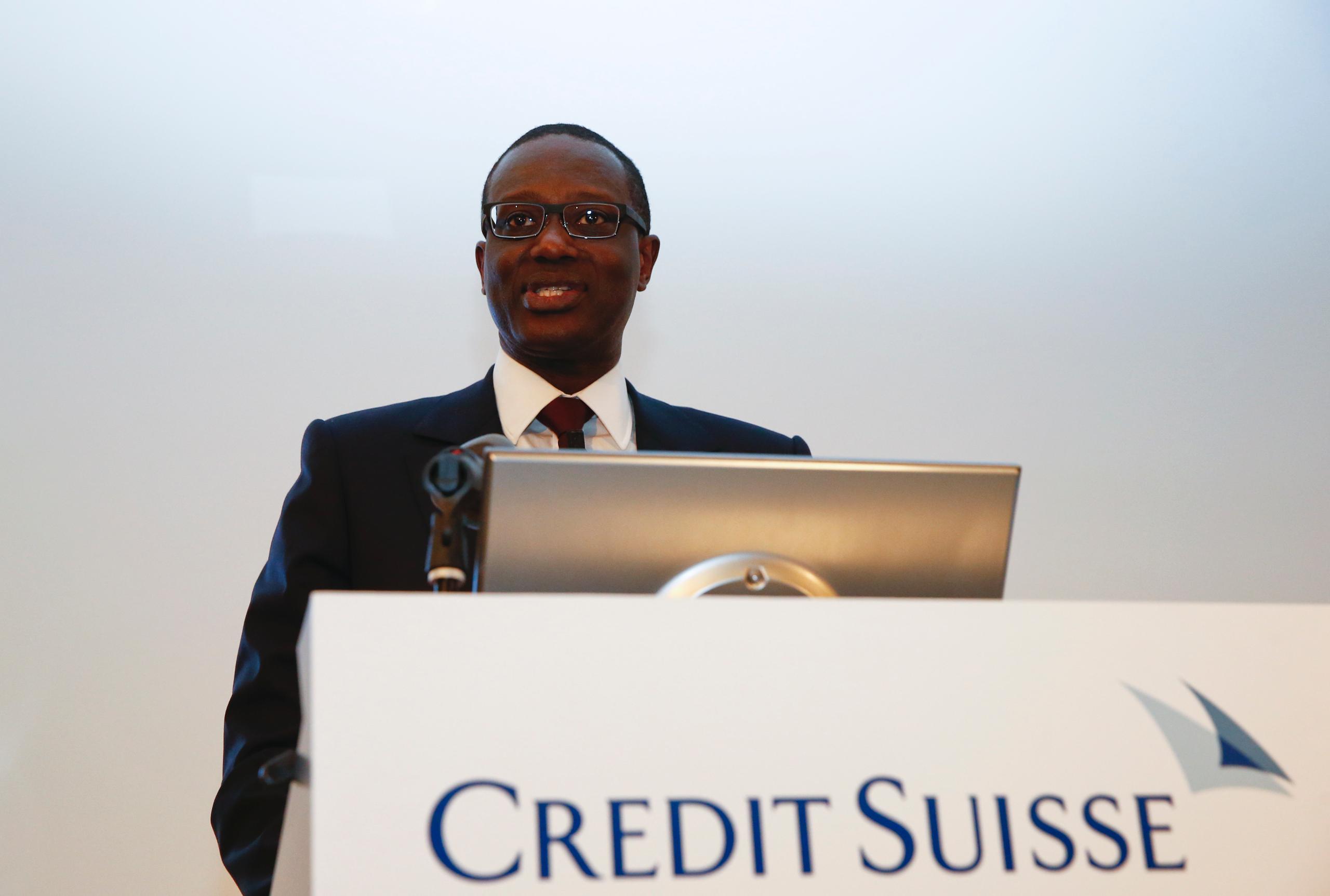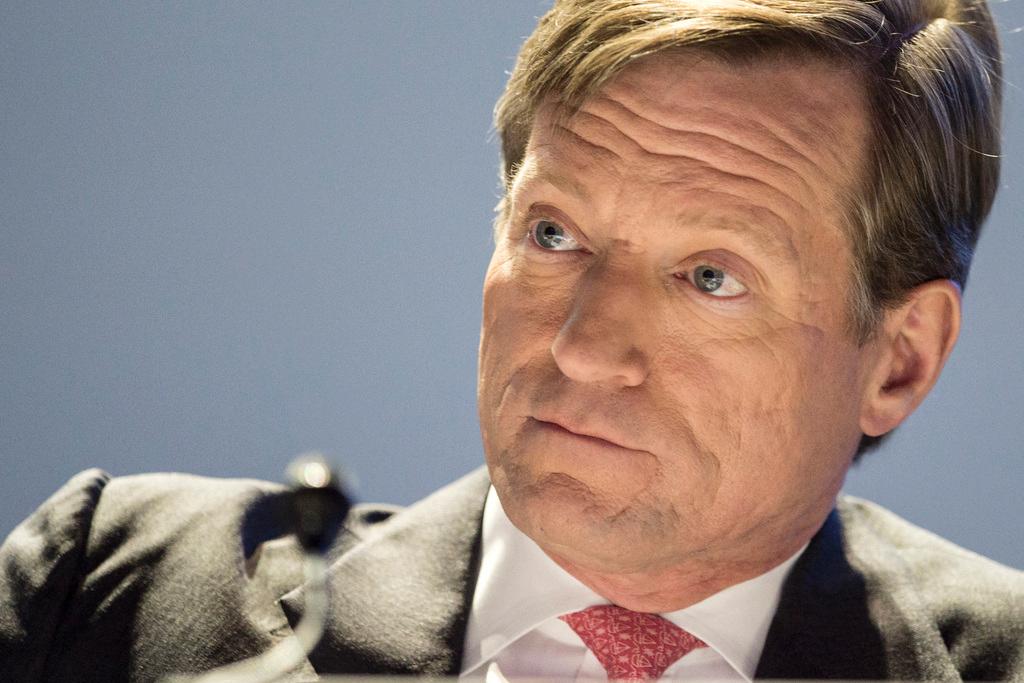Europe’s banks should look for a structurally coherent business mix

They were tentative, and they were so quiet as to be barely audible. But there were clear sighs of relief from the managers of Europe’s big universal banks as they reported first-half numbers last week.
Their investment banks, it turns out, are not just capital-hungry monsters whose main contribution is high costs and a steady stream of misconduct fines. They can actually be coaxed into producing a decent return, given the right sorts of conditions (such as strong markets and enough volatility). Profits at Barclays’ investment bank, for example, rose 36%.
The upturn comes at a critical moment for three of them. Credit Suisse, Barclays and Deutsche Bank all have new men at the top. All have to produce better returns, and a hard look at the investment bank will have to be part of the mix. The plans are still vague. Barclays and Deutsche say they are sticking with their previous strategies, but looking to execute them better. At Credit Suisse, chief executive Tidjane Thiam is making each of the bank’s businesses fight for their share of the capital.

More
Financial Times
External linkThe model that they should follow is UBS. Three years ago the Swiss lender decided to shrink the investment bank and focus on wealth management. The remaining part of the investment bank would focus (although not exclusively) on serving the wealth management business. Investors like it – UBS shares traded at 0.8 times book value before the changes, but have risen to 1.6 times now.
That is not to say that Credit Suisse, Barclays and Deutsche should become carbon copies of UBS. Rather, that UBS has found and articulated a coherent reason for having its specific mix of businesses. The others should be looking for similar coherence.
The danger is that they will not. Instead of taking a top down approach and asking “what sort of businesses fit with our long-term strategy” there is a risk that they will simply ask “what are we good at today”, and stick with those businesses. Credit Suisse likes to give investors a slide showing all its investment banking operations on two axes, plotting return on capital against market share. The chart highlights those units that score highly on both. But that sort of approach is not enough on its own – there has to be something linking the businesses together.
Tough decisions
The top-down/bottom-up trade off will be different for each bank. Credit Suisse has a relatively straightforward job. Like its rival UBS, it already has a strong wealth management business, but the investment bank accounts for more than half of the group’s risk-weighted assets. One of the big challenges for Mr Thiam will be to cut costs – the investment bank’s cost to income ratio was a whopping 82% in the second quarter. As at the other banks, parts of fixed income trading are likely to be pared back. Although these businesses can still do well at times, post crisis regulation has made it more difficult for them to be profitable over the long term.
At Barclays, the job is slightly tougher. The investment bank has its strengths – in global debt and equity capital markets, for example, according to Dealogic data. But executive chairman John McFarlane will have to decide where the former Lehman US business still fits in. The rest of the investment bank, and the lion’s share of the retail and commercial banking activities, are in the UK and Europe. If Mr McFarlane was starting from scratch today, would he build something that looks like Barclays does now? If not, he should think about a structure that makes more sense.
At Deutsche, the decisions are tougher still. Its investment bank accounts for almost half of the group’s risk-weighted assets, and produced only a 7.5% post tax return on equity in the first half. But the other main part of the bank – retail – is not strong enough to base a whole strategy around. So new chief executive John Cryan has little option but to try to improve the division. Once again, cost control will be crucial (the investment bank’s cost to income ratio was 78% in the first half), but Mr Cryan also needs to think about the bigger picture. Deutsche has good positions in European debt capital markets. Could it become be a sort of European Goldman Sachs?
Credit Suisse and Deutsche have promised strategy updates by the end of the year. Barclays is even vaguer. Whatever they come up with has to be a convincing long-term plan, not simply a list of businesses in which the bank is already strong.
(c) 2015 The Financial Times Limited

In compliance with the JTI standards
More: SWI swissinfo.ch certified by the Journalism Trust Initiative



You can find an overview of ongoing debates with our journalists here. Please join us!
If you want to start a conversation about a topic raised in this article or want to report factual errors, email us at english@swissinfo.ch.